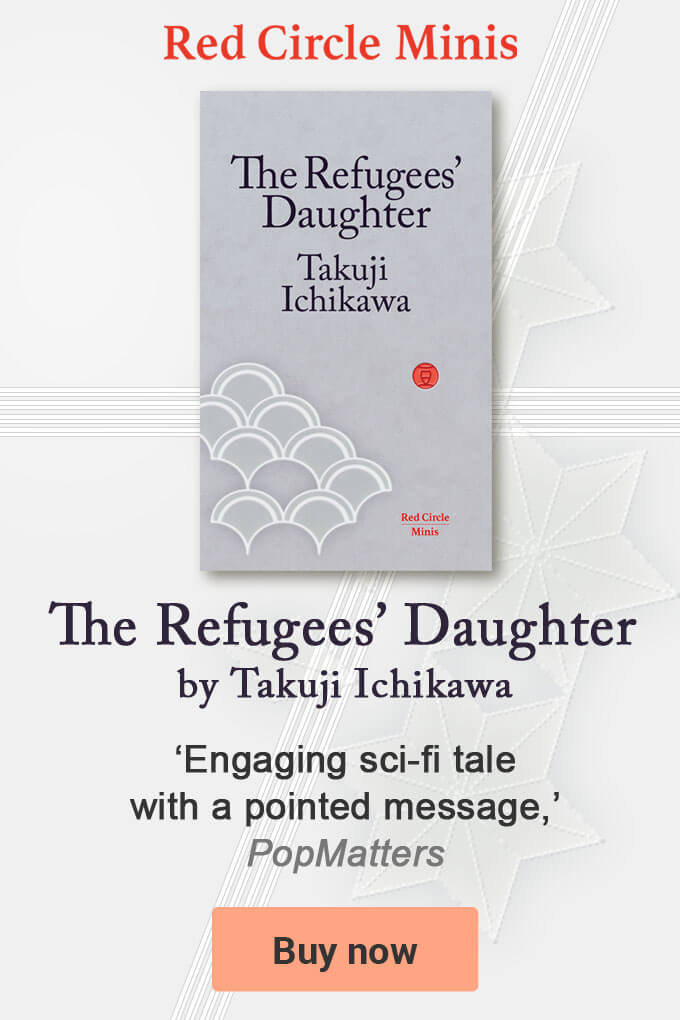- Exports
Japan runs a major trade deficit in books and publications[UPDATED: 12-25-2018]
Despite the growing interest in Japanese culture, Japan’s exports of publications, including books, is under half of the value of its imports, according to Ministry of Finance data.
The top three nations Japan buys books and publications from, according to figures based on publications shipped as cargo, are: 1) the United States, which represents 31 percent of imports; 2) China, 22 percent ; and 3) the United Kingdom, 21 percent.
These figures include books printed for Japanese publishers and others in China. Many British educational publishers, for example, now arrange for their titles to be printed in China.
The top three export nations for Japanese books and publications account for almost half of all of Japan’s exports. Japan’s top three export markets are: 1) the United States with 23 percent; 2) Taiwan, 14 percent; and 3) South Korea, 11 percent.
According to the Japan External Trade Organisation (JETRO) the majority of exports are to Japanese bookstores based in the United State and East Asia. Exports volumes and patterns, are said to, mirror trends in the number of Japanese being posted overseas.
These data do not include the import or export of digital content and ebooks. Japanese universities and companies purchase online access to content and research databases. Japan is one of the largest markets for international academic and professional database publishers so when these sales are factored in the ‘content’ trade deficit is even higher.
The top three nations Japan buys books and publications from, according to figures based on publications shipped as cargo, are: 1) the United States, which represents 31 percent of imports; 2) China, 22 percent ; and 3) the United Kingdom, 21 percent.
These figures include books printed for Japanese publishers and others in China. Many British educational publishers, for example, now arrange for their titles to be printed in China.
The top three export nations for Japanese books and publications account for almost half of all of Japan’s exports. Japan’s top three export markets are: 1) the United States with 23 percent; 2) Taiwan, 14 percent; and 3) South Korea, 11 percent.
According to the Japan External Trade Organisation (JETRO) the majority of exports are to Japanese bookstores based in the United State and East Asia. Exports volumes and patterns, are said to, mirror trends in the number of Japanese being posted overseas.
These data do not include the import or export of digital content and ebooks. Japanese universities and companies purchase online access to content and research databases. Japan is one of the largest markets for international academic and professional database publishers so when these sales are factored in the ‘content’ trade deficit is even higher.

